The post 4 Tips for Drop-Dead Gorgeous Waterfall Photography appeared first on Digital Photography School. It was authored by Eric Leslie.

Waterfall photography is a lot of fun – but coming home with the best shots can be a difficult task.
In this article, I’ll share four simple tips designed to take your waterfall photos to the next level. I’ll discuss the best gear, settings, and light…
…and by the time you’re done, you’ll be ready to capture waterfalls like a pro.
Let’s get started.

1. A camera and a tripod is good enough
Photographers often claim that waterfall photography must be done with neutral density filters, but this is completely false.
All you need is a camera that can shoot in Manual mode and a tripod. Nothing more.
See, the biggest problem that waterfall photographers face is the light. When the sun is bright and overhead, you’ll end up with blown-out highlights and dark shadows that don’t look great. Plus, the light is harsh and flat, not flattering for landscape photography.
And sure, you can put a neutral density filter on your lens, which will block some of the light so you can do long exposures. But even the best ND filter can’t change the quality of the light, which should be your primary concern.
So instead of thinking about your equipment, focus on your timing. Show up at sunrise and sunset, when the light is soft and beautiful. You can also come toward the middle of the day if the waterfall is heavily shaded. Waterfalls are often in deep canyons, so as long as the sun is behind the mountains, you can achieve a long exposure with nice even light, with or without a neutral density filter.
In fact, you can plan ahead to maximize this. Think about it: if the waterfall you want to shoot faces east, the sun will start moving behind the falls in the afternoon. So an east-facing waterfall can be shot with beautiful shade in the late afternoon. You won’t need an ND filter; the shade will let you lengthen the shutter speed all on its own.

2. Choose a shutter speed based on your waterfall
What’s the best shutter speed for waterfall photography? I think the answer varies – like people’s taste in fast food.
Personally, I put waterfalls into two different categories. There are the falls that rage so hard they take your breath away. And there are the falls that are dainty and delicate.
In general, I don’t want my waterfalls to turn out as a blob of white water. So I set my shutter speed (and my other settings) accordingly.

For big, roaring falls, I try to keep my exposure under a second. Anything between 1/4s to a full second will show the water’s motion and still retain lots of detail.
Small, stringy waterfalls just love putting on a show with longer exposures. These falls look great when you can go as long as possible. If you need to narrow your aperture to get a lengthy shutter speed, that’s okay; don’t be afraid of losing sharpness. Photography is always about compromises, and in this case, the slightest loss in sharpness will be greatly outweighed by capturing the water’s movement. For smaller waterfalls, I recommend an exposure between one and four seconds, so stop down to f/22 if you need it.
I usually start with the lowest ISO my camera offers (ISO 100). Then I set my aperture small enough to maximize focus, usually around f/8 or f/10. Finally, I dial in a shutter speed based on my camera’s meter.
Here, my goal is to create a good exposure while also ensuring beautiful water. So if the shutter speed isn’t in the right range, I’ll adjust the aperture or ISO to get the ideal result.

3. Take a second exposure to keep the foliage sharp
Have you ever tried to shoot a waterfall with a long exposure and noticed that the leaves on the trees and plants move with just the slightest breeze? And turn into a messy blur?
It happens all the time, and it’s not ideal. So here’s what you do:
After you’ve bagged your main shot of the waterfall, look around the edges of the photograph. See if the plants are soft and fuzzy. If they are, increase your shutter speed to 1/100s or faster (the goal is to freeze the moving plants). To keep a nice exposure, you can open up the aperture, but make sure you don’t lose your maximum focus. If you still don’t have a fast enough shutter speed, boost your ISO until you get the result you’re after.
Back home, take the two exposures and blend them together using layer masks in Photoshop.

4. Head out when it’s cloudy
Cloudy days are incredible for waterfall photography. (And rainy days? Even better!)
Cloudy days offer all the benefits of shooting when the sun is low or when the waterfall is in the shade – except you have the freedom to shoot all day long without stopping.
I also find you get much better color when it’s overcast, so mossy rocks and autumn leaves really pop. And you get a wonderfully dark, dramatic mood with lots of beautiful shadows:

One pitfall to avoid on cloudy days, though:
Including the sky. Cloudy skies are boring and drab and generally poor additions to a waterfall photo.
So if you can get up high to shoot down on the falls, do it; you’ll eliminate the sky for a more pleasing composition. You can also try shooting falls in heavily forested areas, or you can zoom in for a more intimate waterfall shot (one that keeps the sky outside the frame).
Worst-case scenario, you can frame out part of the sky then clone out the rest in post-processing. But this takes an annoying amount of time, which is why I highly recommend getting it right while out shooting.
Waterfall photography tips: final words
As with all things photography, shooting waterfalls takes practice and experimentation.
But if you remember these tips and persevere, you’ll get great shots in no time at all!
Now over to you:
What do you struggle with most in waterfall photography? Do you have any advice for readers? Do you have any waterfall images you’re proud of? Share your thoughts and photos in the comments below!
The post 4 Tips for Drop-Dead Gorgeous Waterfall Photography appeared first on Digital Photography School. It was authored by Eric Leslie.













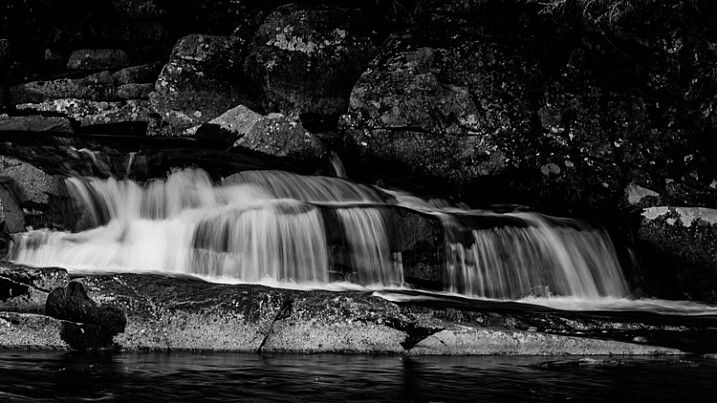
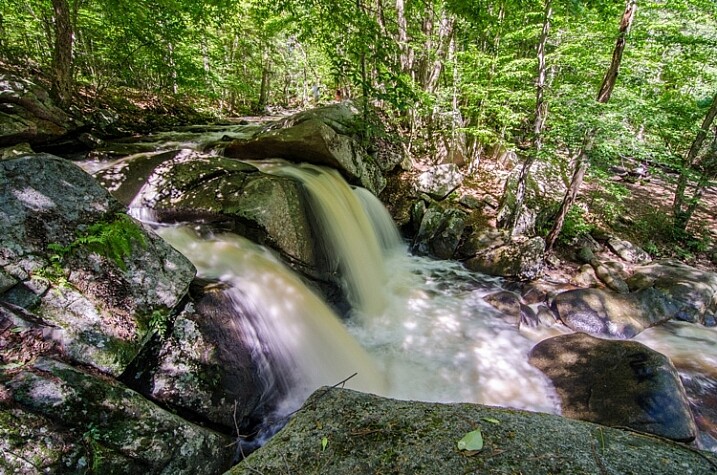


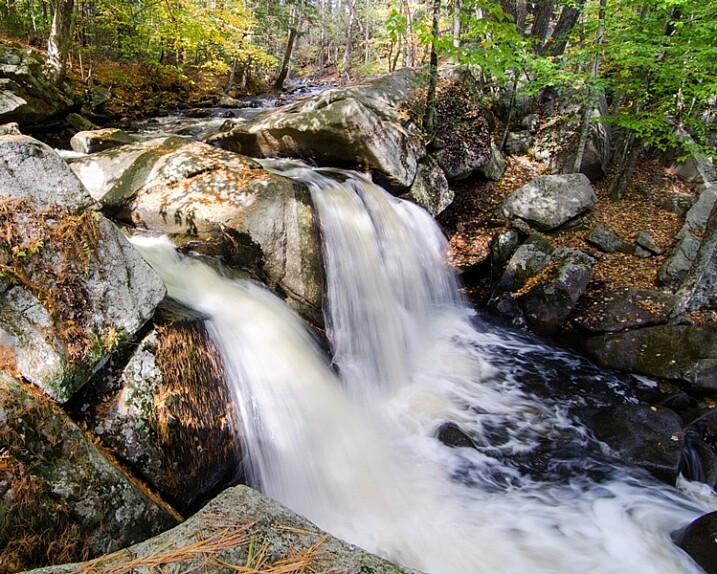
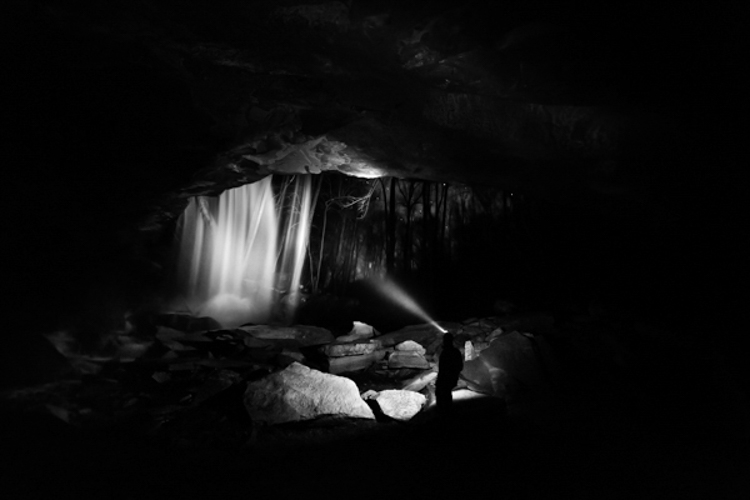

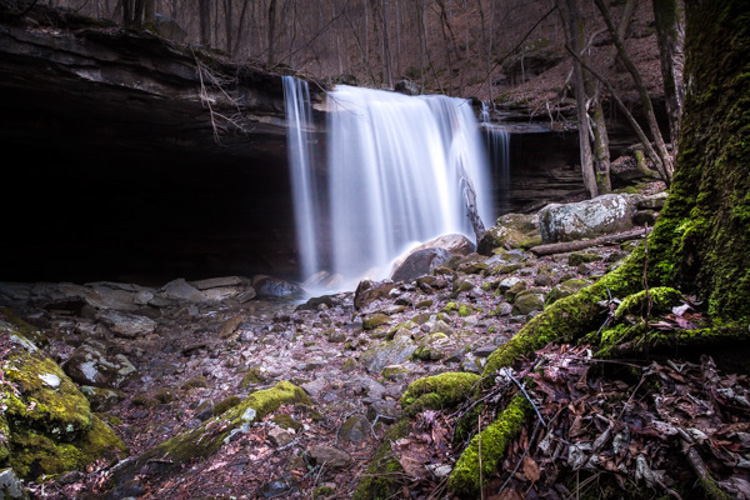

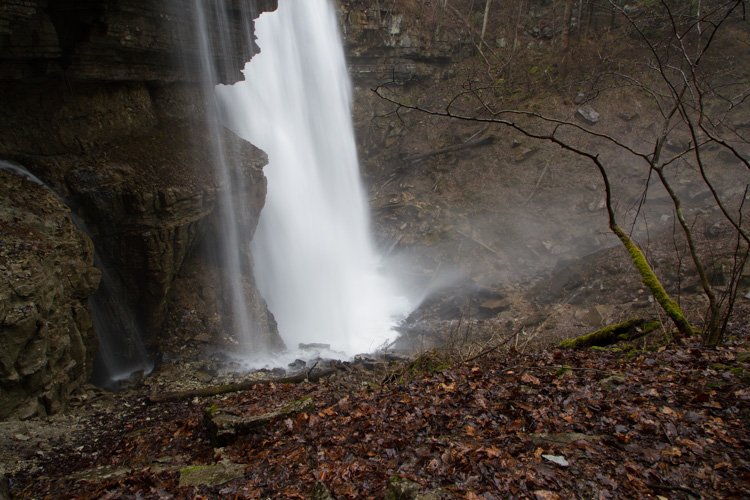
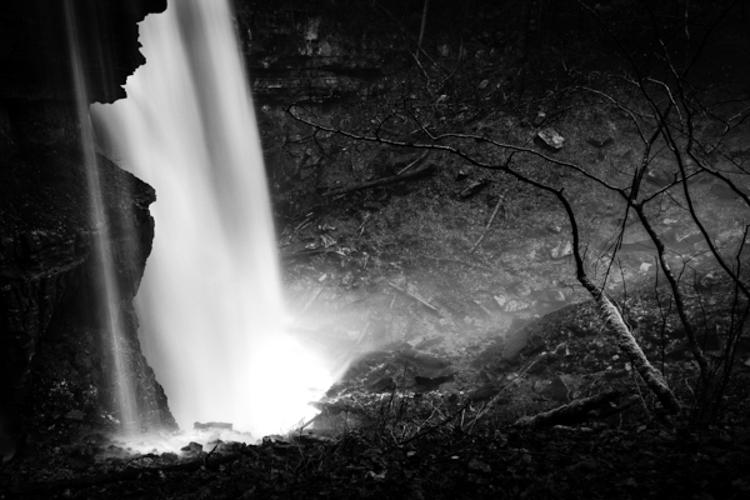
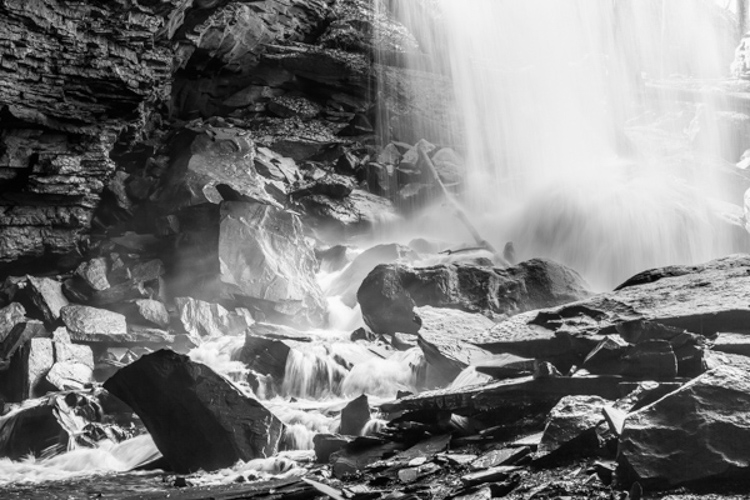
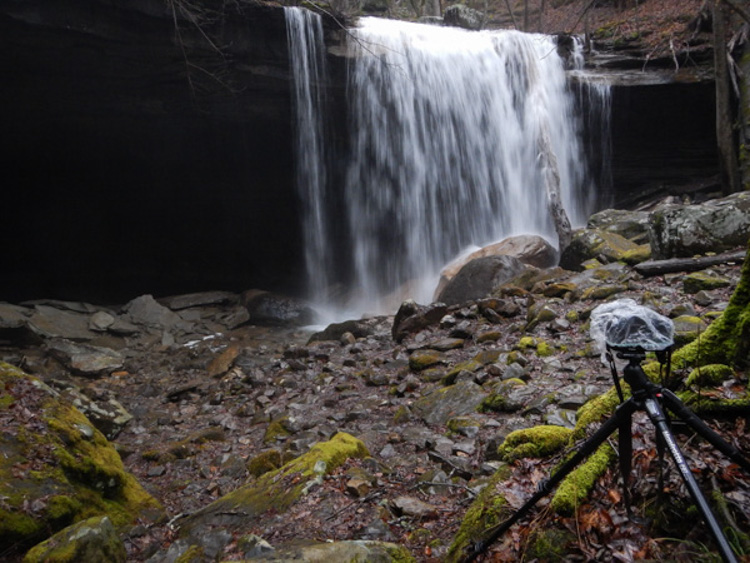
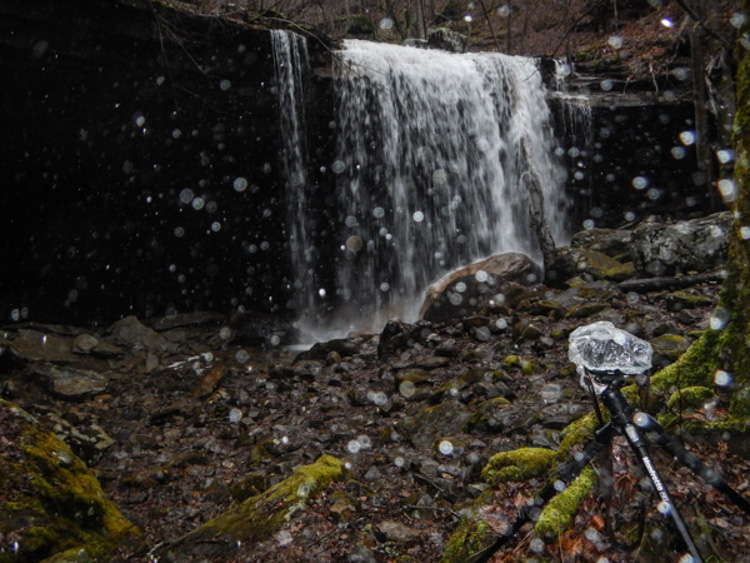
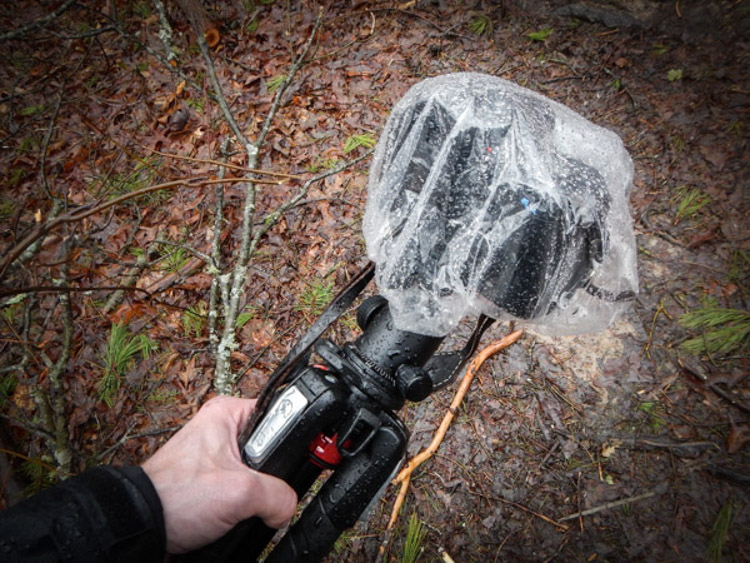



































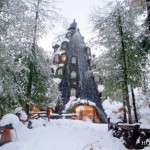
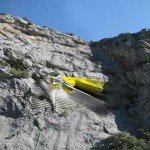










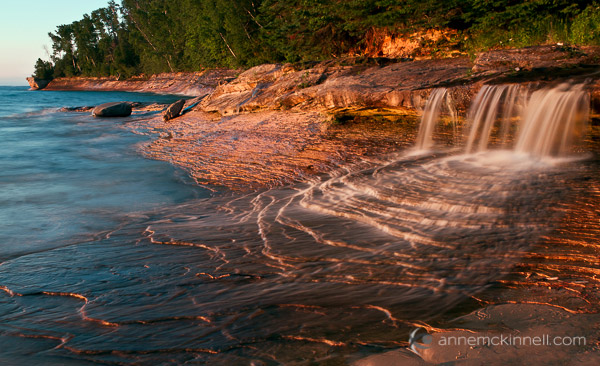
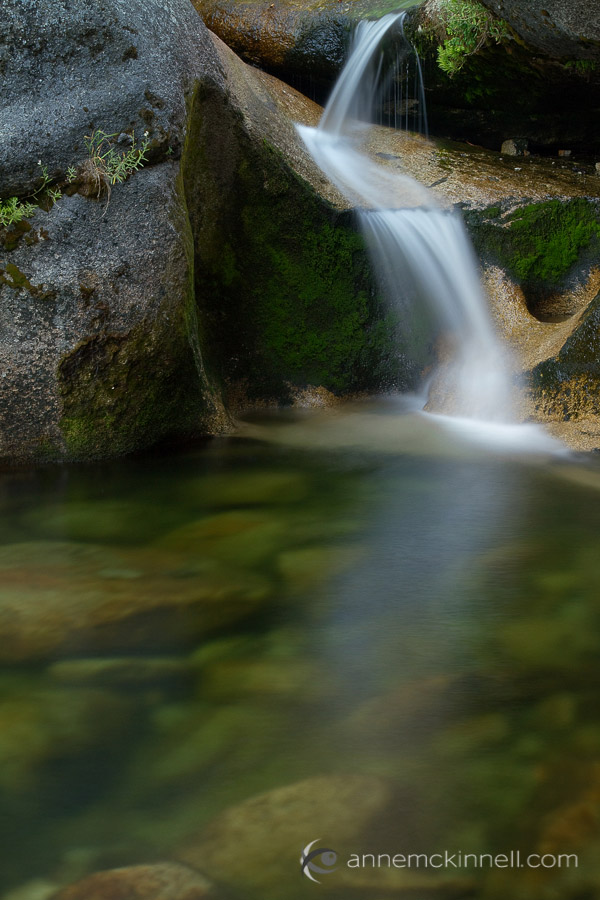
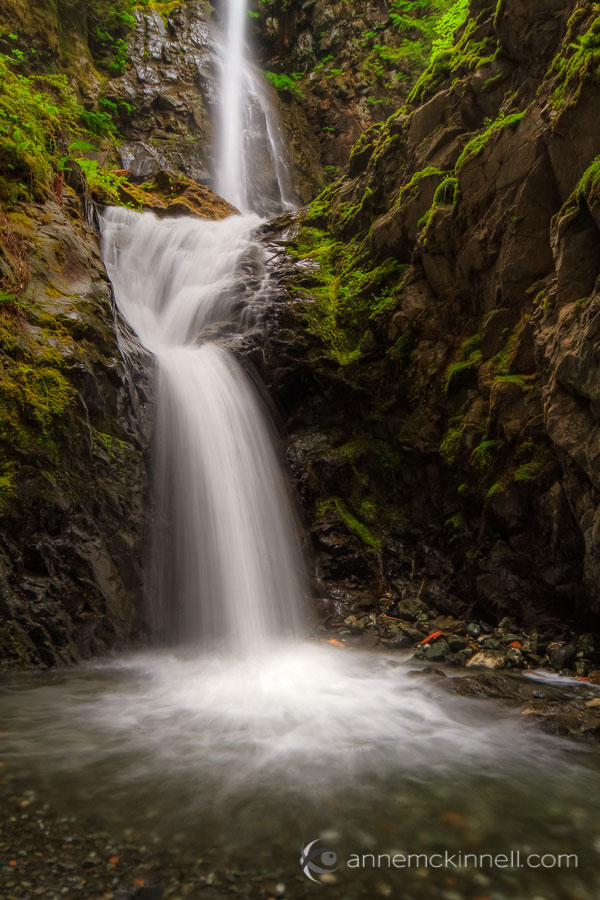

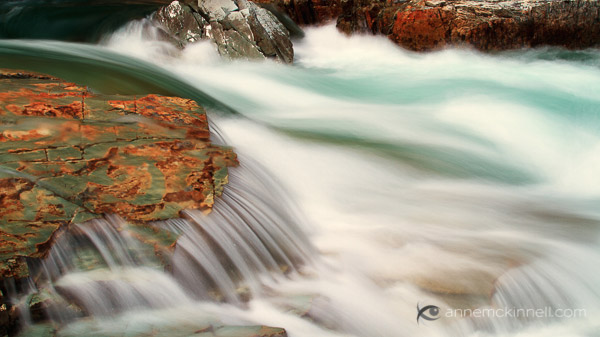
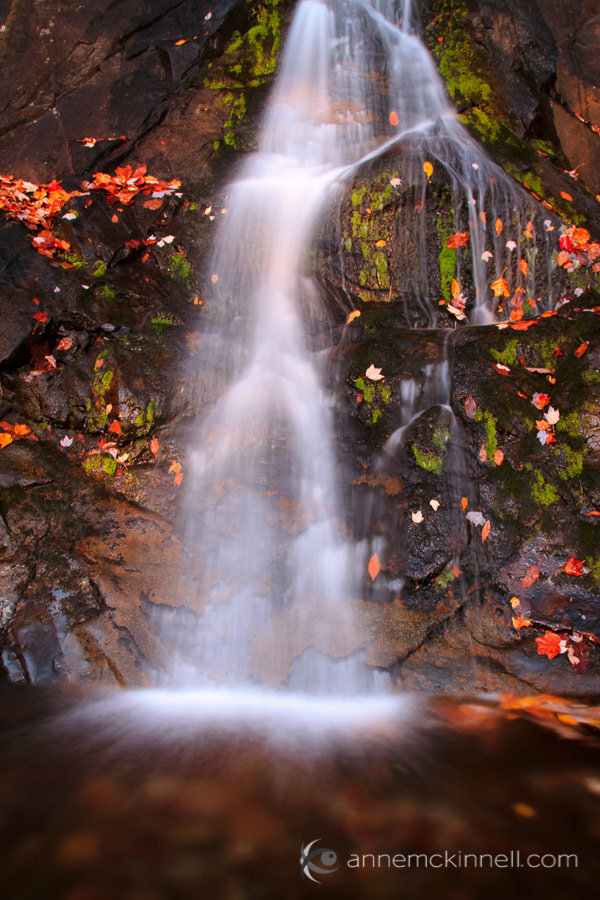

You must be logged in to post a comment.